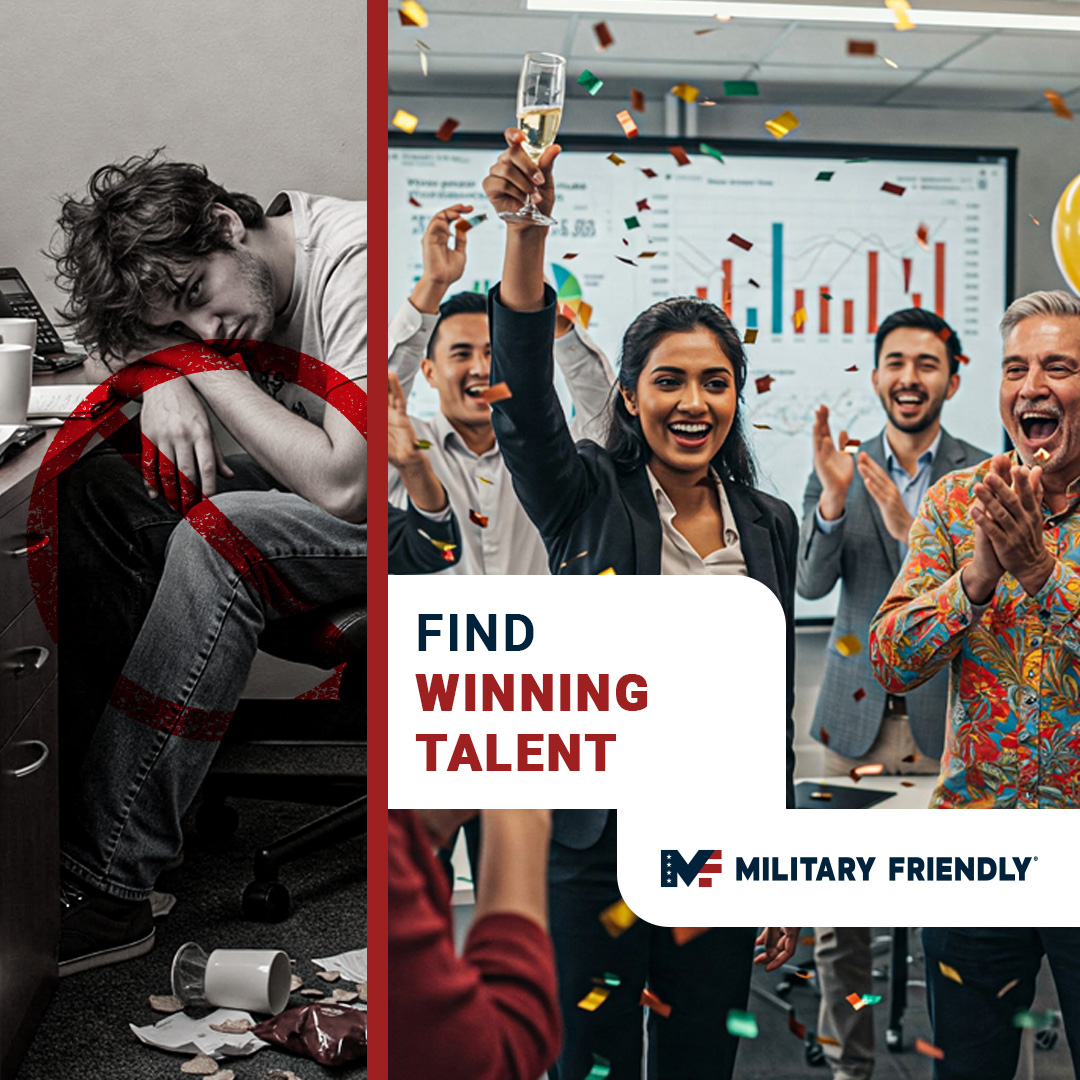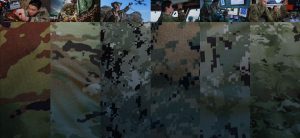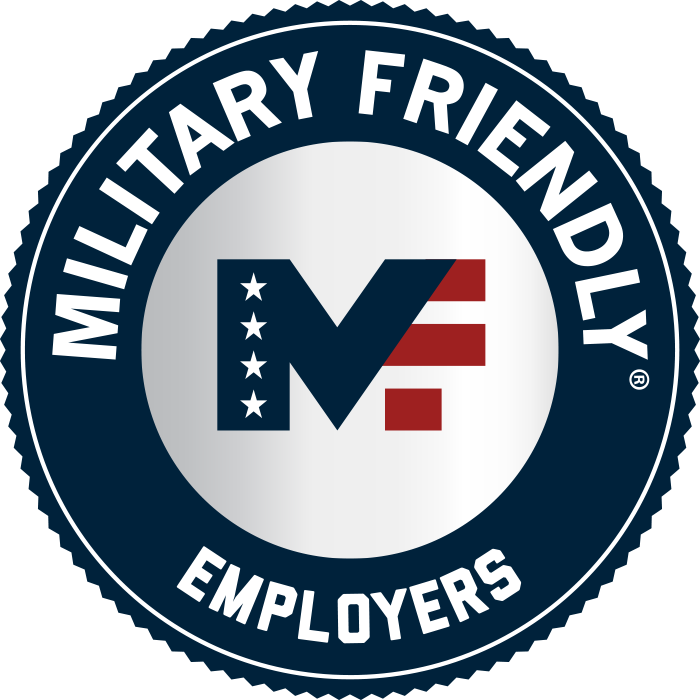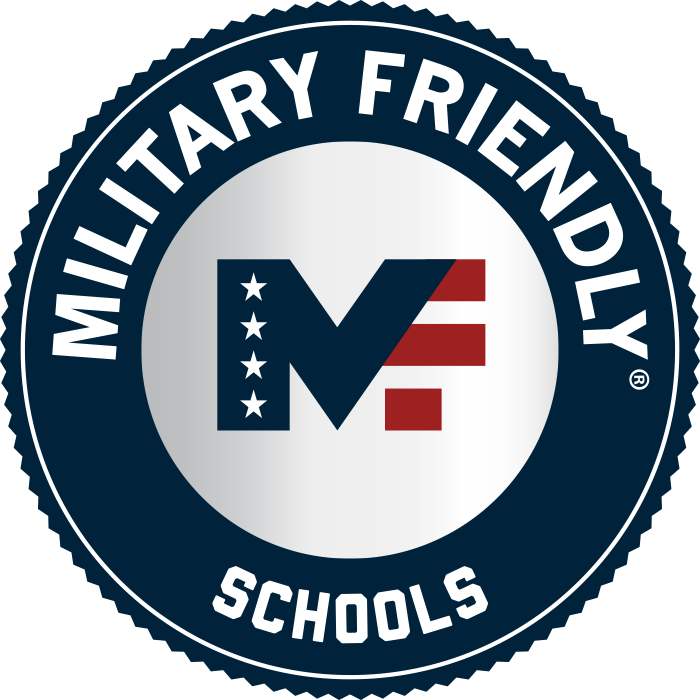The cost of employee unreliability and underperformance is no longer a hidden expense; it’s a critical factor impacting profitability, innovation, and overall success. While many organizations focus on attracting talent, they often overlook a powerful solution: military veteran talent. This article moves beyond simplistic comparisons of “slackers” versus “hard workers” to explore the profound and multifaceted advantages of incorporating veteran talent into your workforce. In addition, we’ll delve into how veterans can enhance your team’s discipline, leadership, and problem-solving capabilities, ultimately driving your organization toward sustained success.
I. The Crippling Cost of Unreliability: A Deeper Examination
Before we discuss the veteran advantage, it’s crucial to understand the true extent of the problem many employers face. Unreliable employees manifest in various ways, each with significant repercussions:
- Discipline Deficit:
- Lack of punctuality and adherence to schedules disrupts workflow and creates a ripple effect of inefficiency.
- Furthermore, the inability to follow instructions or prioritize tasks leads to errors, rework, and missed deadlines.
- Distractions and a lack of focus reduce productivity and contribute to a chaotic work environment.
- Dependability Dilemma:
- Frequent absenteeism and last-minute call-outs leave teams shorthanded and unable to meet demands.
- Failure to meet commitments and deliver on promises erodes trust with clients and colleagues.
- Inconsistent performance makes it difficult to plan and execute projects effectively.
- Problem-Solving Paralysis:
- A culture of complaining and negativity stifles innovation and prevents proactive solutions.
- Employees who lack resourcefulness and initiative rely heavily on management intervention. Consequently, increasing workload and creating bottlenecks.
- Inability to adapt to change or overcome obstacles hinders growth and responsiveness to market demands.
- Motivation Meltdown:
- Firstly, apathy and lack of drive create a stagnant work environment, lacking in energy and enthusiasm.
- Secondly, employees who are not invested in the company’s success are less likely to go the extra mile or contribute to innovation.
- Thirdly, high employee turnover, often a consequence of low motivation, results in significant recruitment and training costs.
The financial impact of these issues is substantial. Beyond the widely cited costs of absenteeism (as highlighted by the U.S. Department of Labor), consider the hidden costs: lost opportunities, damaged reputation, and the strain on management resources. While pinpointing an exact dollar amount is complex, studies consistently show a strong correlation between employee disengagement and reduced profitability. For example, research from Gallup has shown that highly engaged business units achieve substantially better profitability. You can find more information on this on the Gallup website.
II. The Veteran Advantage: A Foundation of Strength
Military training and experience instill a unique set of qualities that directly address the challenges of unreliability and underperformance. But veterans are not simply “hard workers”; they bring a foundation of strength that can transform your organization:
- Discipline and Focus: The Power of Precision
- Military training emphasizes precision, attention to detail, and the ability to execute tasks flawlessly under pressure.
- Veterans are adept at prioritizing tasks, managing time effectively, and adhering to strict schedules.
- This translates to a workforce that is reliable, efficient, and capable of consistently meeting deadlines.
- Reliability and Dependability: The Cornerstone of Trust
- Accountability and responsibility are ingrained in military culture. Thus, veteran talent understands the importance of fulfilling commitments and taking ownership of their actions.
- They are known for their punctuality, preparedness, and unwavering commitment to the mission.
- This builds trust within teams, reduces the need for constant supervision, and fosters a culture of reliability.
- Problem-Solving Prowess: Navigating Complexity
- Military operations often require adapting to unpredictable situations, overcoming resource constraints, and finding creative solutions to complex problems.
- Veterans are trained to analyze situations quickly, make sound decisions under pressure, and implement effective strategies.
- This problem-solving mindset fosters innovation, efficiency, and a proactive approach to challenges.
- Leadership Excellence: Inspiring and Driving Results
- Military experience provides unparalleled leadership training, developing individuals who can inspire teams, delegate effectively, and achieve ambitious goals.
- Veteran talent adept at motivating others, fostering teamwork, and creating a culture of shared responsibility.
- This leadership capability is a valuable asset at all levels of an organization, from entry-level positions to senior management.
- Motivation and Drive: A Commitment to Excellence
- Veterans are driven by a strong sense of purpose, dedication to duty, and a commitment to achieving a common goal.
- They possess a strong work ethic, a desire to excel, and a willingness to go the extra mile.
- This intrinsic motivation creates a high-performing work environment where employees are invested in the company’s success.
- Integrity and Accountability: Upholding Standards
- The military emphasizes honor, integrity, and personal accountability. As a result, Veterans adhere to strict ethical standards and take responsibility for their actions.
- This creates a culture of trust and ethical behavior within the organization, enhancing its reputation and fostering positive relationships with stakeholders.
- Resilience and Adaptability: Thriving in Change
- Military life often involves frequent relocations, changing environments, and unexpected challenges. Thus, veterans are highly adaptable and resilient, able to thrive in dynamic and fast-paced work environments.
- This adaptability is crucial in today’s business world, where change is constant and the ability to pivot quickly is essential for success. For example, the Society for Human Resource Management (SHRM) highlights adaptability as a key skill for success in the modern workplace. You can find resources on adaptability and other essential workplace skills on the SHRM website.
III. Building a High-Performing Team: Implementing a Veteran-Centric Strategy
To effectively leverage the advantages of veteran talent, organizations need a comprehensive and strategic approach to recruitment and integration:
- Talent Acquisition Transformation:
- Move beyond traditional job boards. Partner with veteran service organizations (VSOs), attend military career fairs (both virtual and in-person), and utilize platforms like Military Friendly® to access a targeted pool of candidates.
- Also, develop a strong employer brand that resonates with veterans. For instance, showcase your commitment to supporting veteran employees and highlight the opportunities for growth and advancement within your organization.
- Skill Translation Mastery:
- Accurately translate military skills and experience into civilian job requirements. For example, recognize the value of leadership, teamwork, problem-solving, and adaptability.
- Furthermore, provide training to hiring managers on how to effectively interview and assess veteran candidates.
- Strategic Role Placement:
- Identify roles within the organization where veteran skills are particularly valuable. For example, this could include leadership positions, project management roles, technical positions requiring precision and attention to detail, or roles that demand resilience and adaptability.
- Onboarding Excellence:
- Develop a robust onboarding program that addresses the unique needs of veteran employees.
- Also, provide mentorship, training on company culture, and resources to support their transition.
- Facilitate connections with existing veteran employees to foster a sense of community and belonging.
- Culture of Empowerment:
- Create a workplace culture that values initiative, innovation, and continuous improvement. Empower veteran employees to utilize their skills while contributing to the organization’s success.
- Moreover, provide opportunities for professional development and career advancement, recognizing their potential for growth and leadership.
Conclusion: The Strategic Imperative of Veteran Hiring
In conclusion, hiring military veterans is not simply a matter of social responsibility; it’s a strategic imperative for organizations seeking to build high-performing, resilient, and innovative workforces. Not just by recognizing the profound value of veteran talent, but also by implementing a comprehensive veteran-centric strategy, companies can unlock a significant competitive advantage. It’s time to move beyond outdated hiring practices and embrace the strength, leadership, and problem-solving prowess that veterans bring to the table. The future of your organization may depend on it.
Looking to reach more members of the military community?? Get connected with one of our military marketing experts and learn what works best for YOUR organization >>> Schedule a Chat









